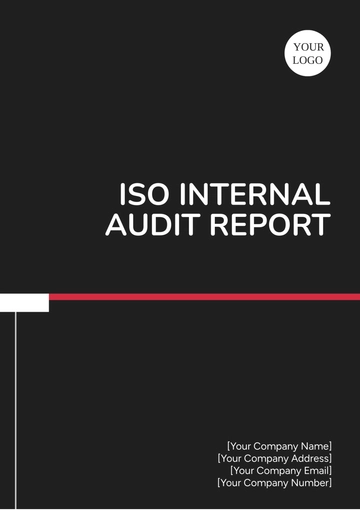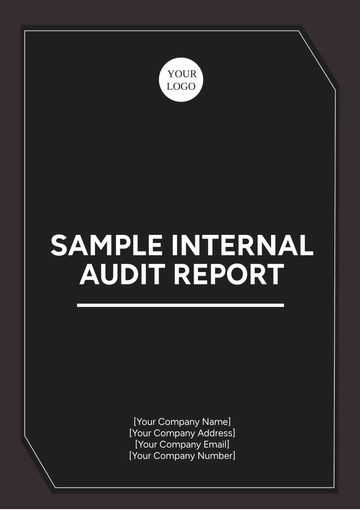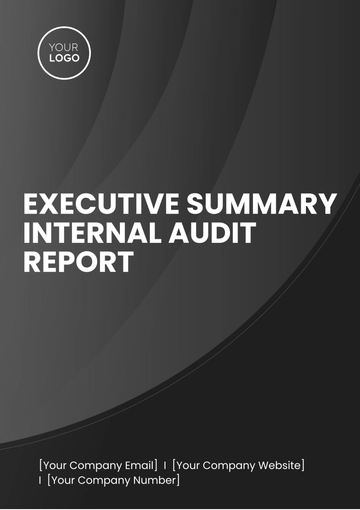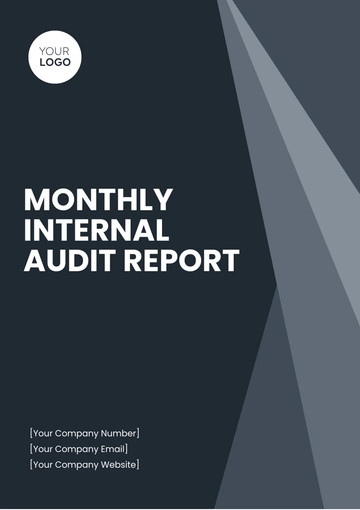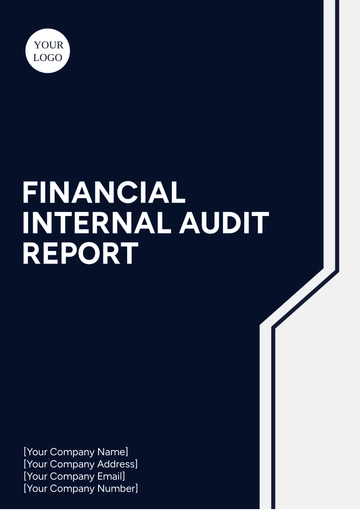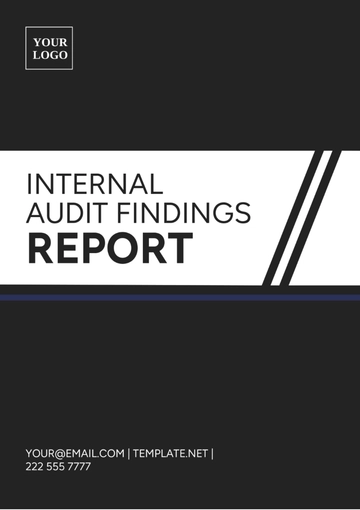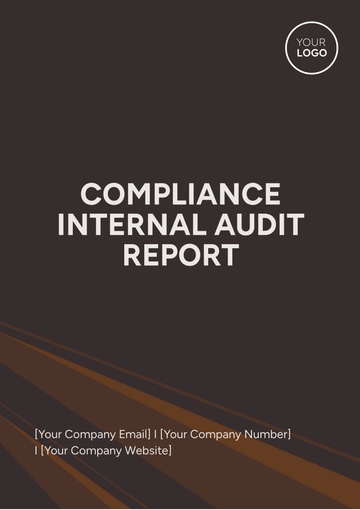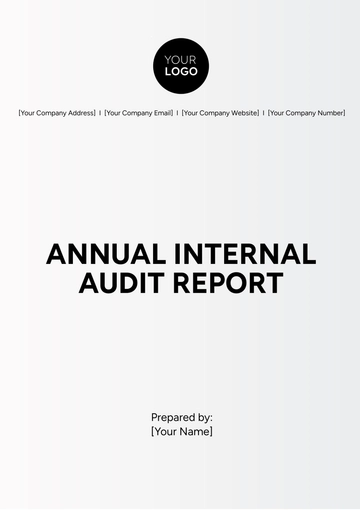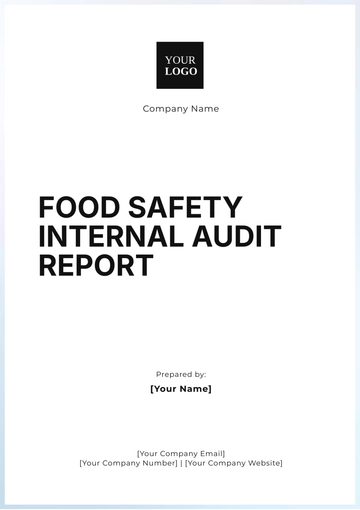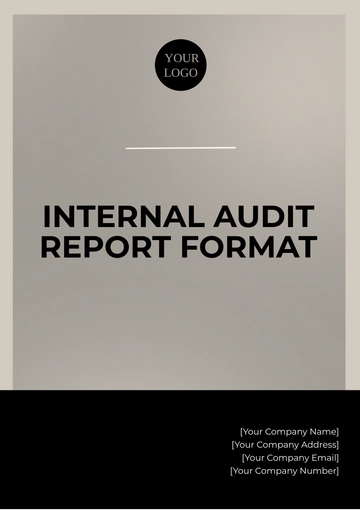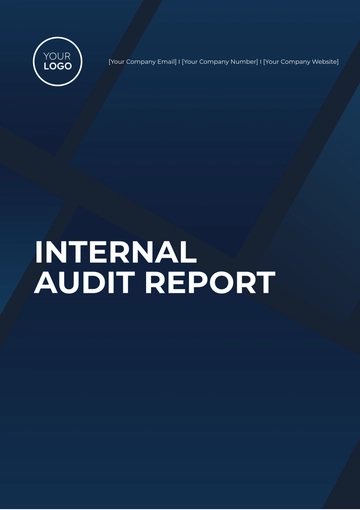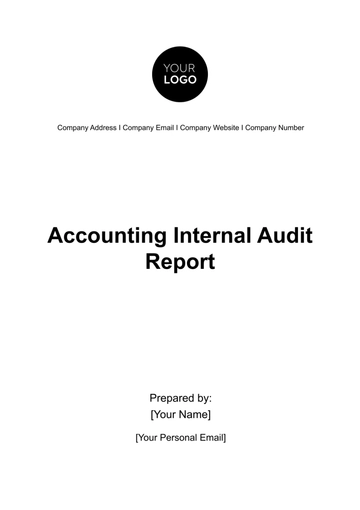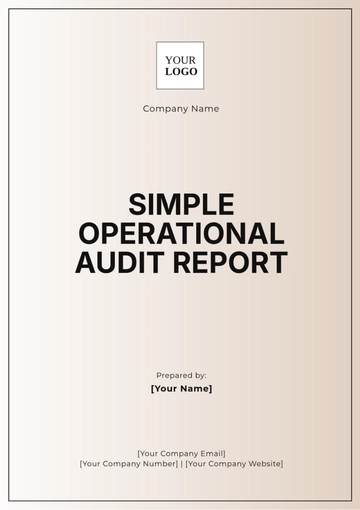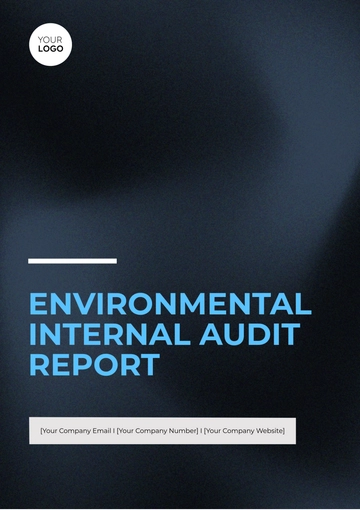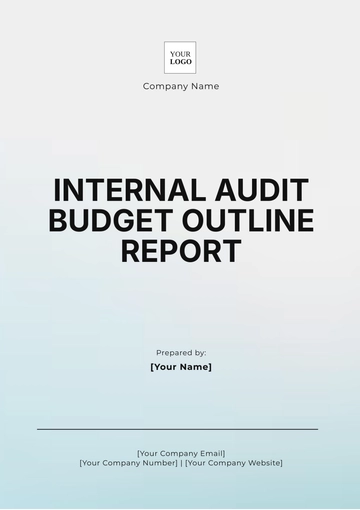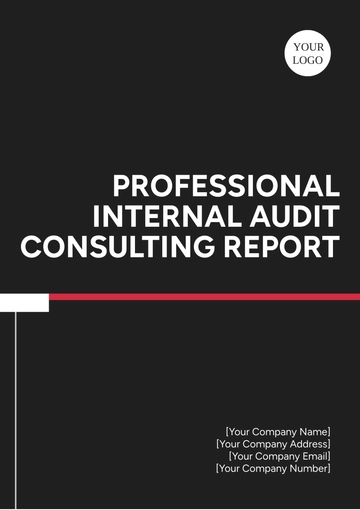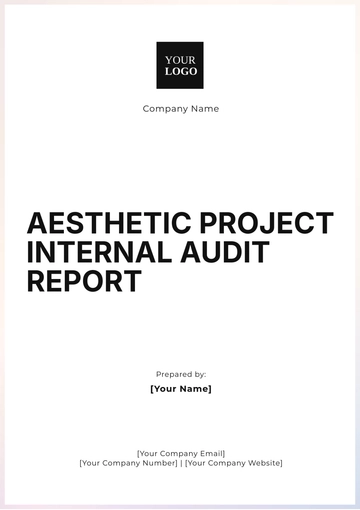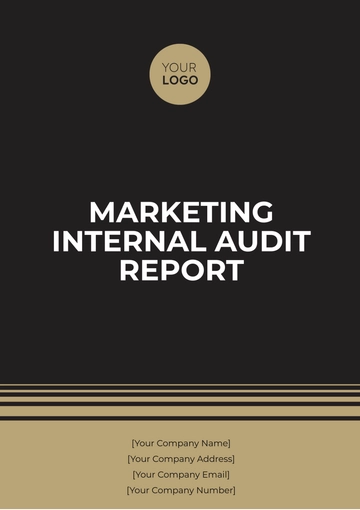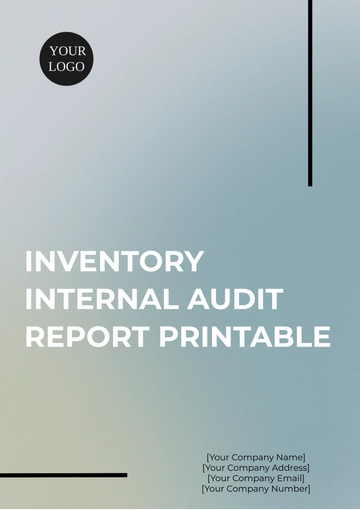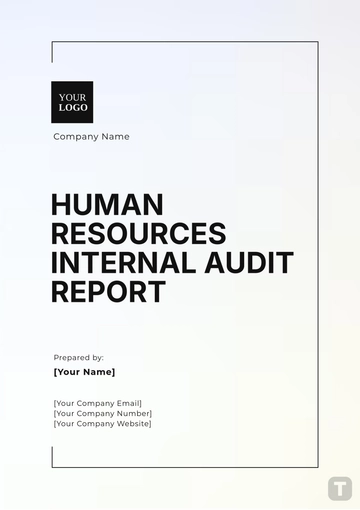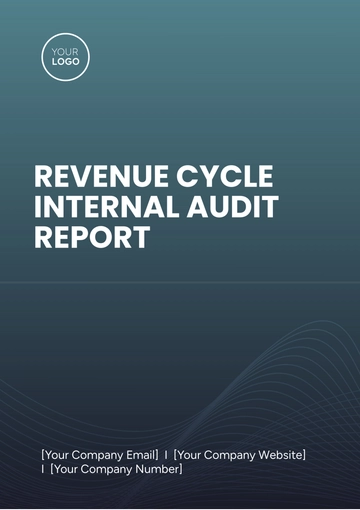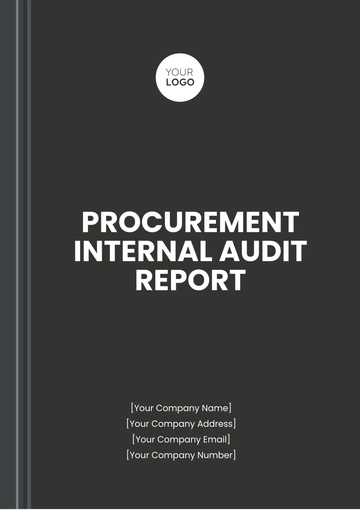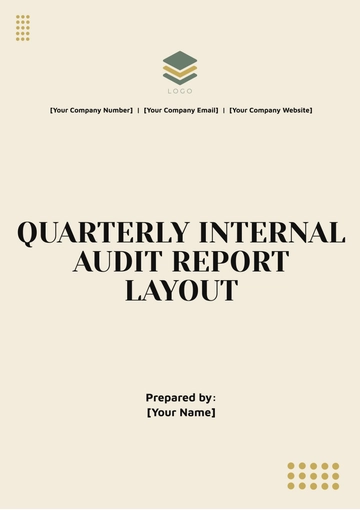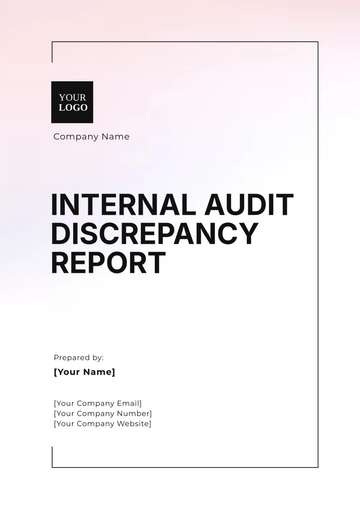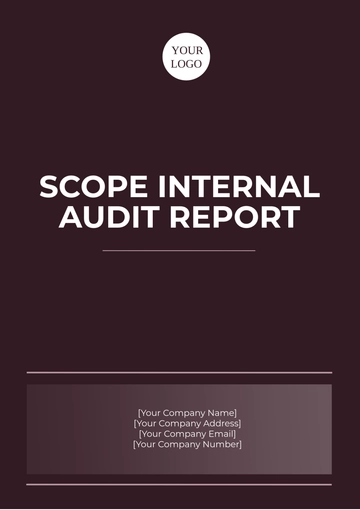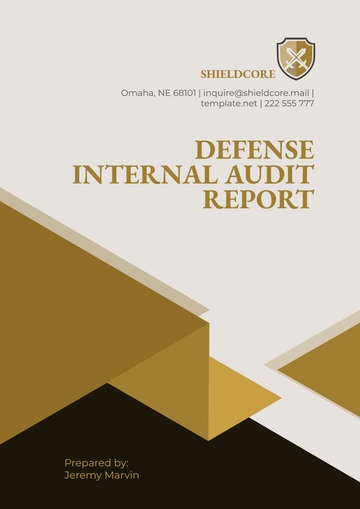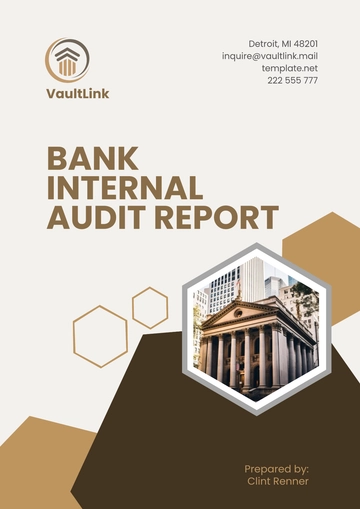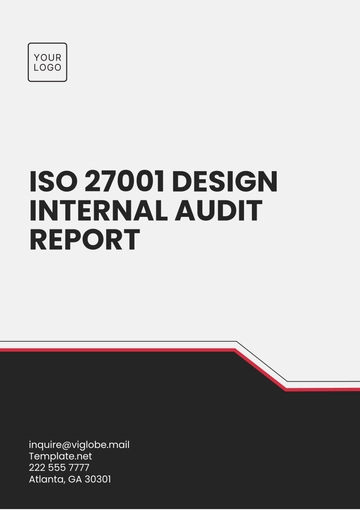Free Internal Quality Audit Report
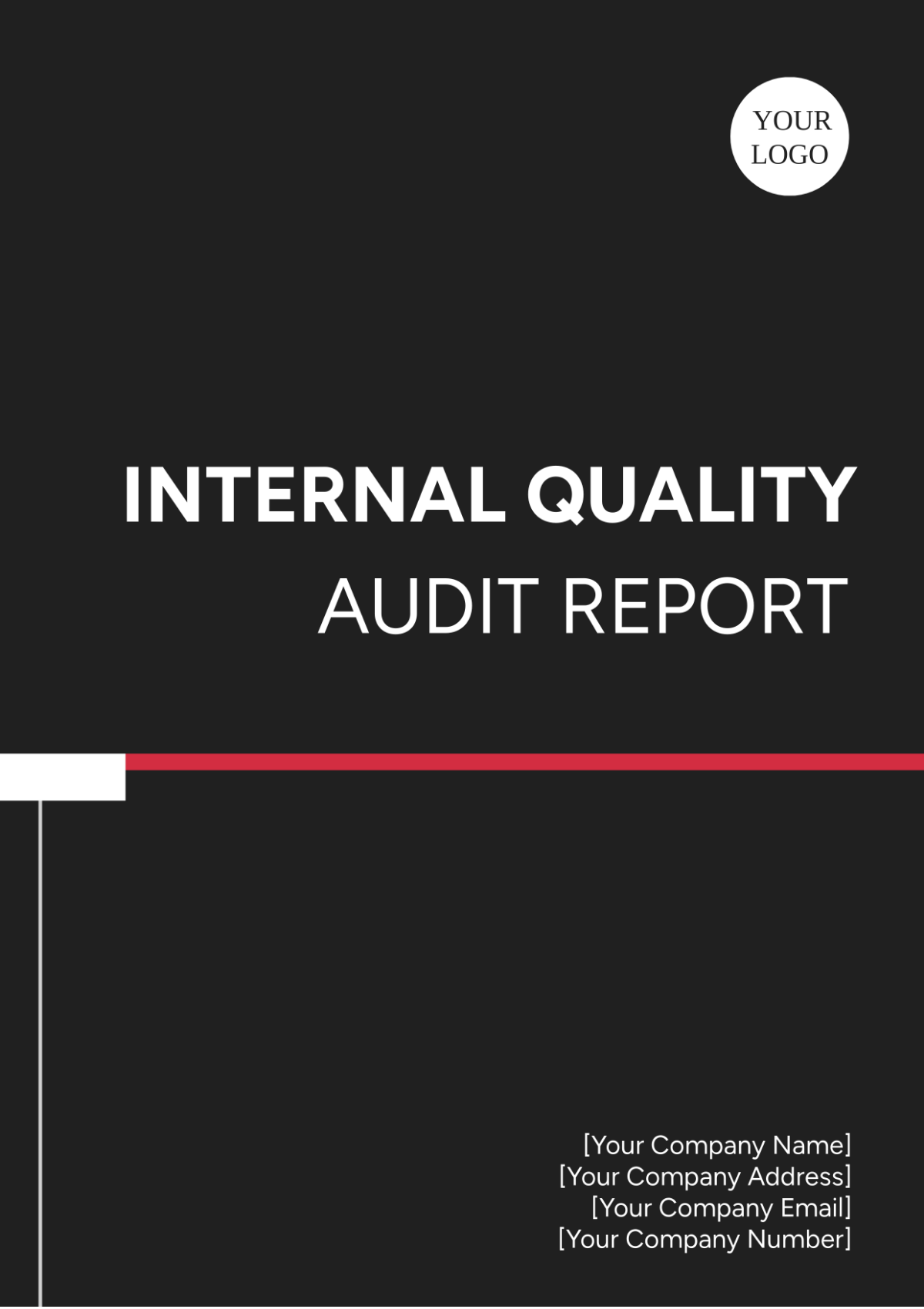
Audit Date: July 5, 2052
Auditor: [Your Name]
I. Introduction
It is our pleasure to welcome you to the comprehensive internal quality audit report for [Your Company Name]. This detailed document aims to furnish you with thorough insights, carefully analyzed findings, and well-considered recommendations that have been meticulously derived from the internal audit carried out on the 5th of July, 2052.
II. Audit Objectives
Evaluate the effectiveness of the current quality management system.
Ensure compliance with internal policies and industry regulations.
Identify opportunities for continuous improvement.
III. Scope and Methodology
A. Scope
The audit will thoroughly review and examine every department and all processes that are part of the quality management system at [Your Company Name], ensuring that all aspects of these areas are carefully assessed and evaluated.
B. Methodology
The audit process involved a thorough review of relevant documents, conducting interviews with key personnel, observing various operational processes, and performing in-depth data analysis.
IV. Findings and Observations
Finding | Description | Recommendations |
|---|---|---|
Finding 1 | Incomplete documentation of procedures | Ensure all procedures are documented and regularly updated. |
Finding 2 | Non-compliance with quality control standards in the Software Development Department | Implement regular training sessions for staff in the Software Development Department to enforce quality standards. |
V. Recommendations
Update and maintain comprehensive documentation of all quality management procedures.
Conduct quarterly training sessions for all departments to enforce quality control standards.
Implement a regular audit schedule to ensure continuous compliance and improvement.
VI. Conclusion
This internal quality audit has meticulously identified several critical areas that require improvement within [Your Company Name]. By meticulously addressing the detailed recommendations provided by the audit, we can significantly enhance our quality management system. This will not only ensure that our operations comply with all relevant regulations and standards in the long term but will also promote greater efficiency and effectiveness within our organization.
For further information or queries, please contact:
Email: [Your Email]
Number: [Your Company Number]
- 100% Customizable, free editor
- Access 1 Million+ Templates, photo’s & graphics
- Download or share as a template
- Click and replace photos, graphics, text, backgrounds
- Resize, crop, AI write & more
- Access advanced editor
Enhance your auditing process with the Internal Quality Audit Report Template that’s found at Template.net. This comprehensive template is designed to streamline your quality control procedures. Editable in our Ai Editor Tool, it offers customizable sections to fit your specific needs, ensuring thorough and efficient internal audits. Get it now!
You may also like
- Sales Report
- Daily Report
- Project Report
- Business Report
- Weekly Report
- Incident Report
- Annual Report
- Report Layout
- Report Design
- Progress Report
- Marketing Report
- Company Report
- Monthly Report
- Audit Report
- Status Report
- School Report
- Reports Hr
- Management Report
- Project Status Report
- Handover Report
- Health And Safety Report
- Restaurant Report
- Construction Report
- Research Report
- Evaluation Report
- Investigation Report
- Employee Report
- Advertising Report
- Weekly Status Report
- Project Management Report
- Finance Report
- Service Report
- Technical Report
- Meeting Report
- Quarterly Report
- Inspection Report
- Medical Report
- Test Report
- Summary Report
- Inventory Report
- Valuation Report
- Operations Report
- Payroll Report
- Training Report
- Job Report
- Case Report
- Performance Report
- Board Report
- Internal Audit Report
- Student Report
- Monthly Management Report
- Small Business Report
- Accident Report
- Call Center Report
- Activity Report
- IT and Software Report
- Internship Report
- Visit Report
- Product Report
- Book Report
- Property Report
- Recruitment Report
- University Report
- Event Report
- SEO Report
- Conference Report
- Narrative Report
- Nursing Home Report
- Preschool Report
- Call Report
- Customer Report
- Employee Incident Report
- Accomplishment Report
- Social Media Report
- Work From Home Report
- Security Report
- Damage Report
- Quality Report
- Internal Report
- Nurse Report
- Real Estate Report
- Hotel Report
- Equipment Report
- Credit Report
- Field Report
- Non Profit Report
- Maintenance Report
- News Report
- Survey Report
- Executive Report
- Law Firm Report
- Advertising Agency Report
- Interior Design Report
- Travel Agency Report
- Stock Report
- Salon Report
- Bug Report
- Workplace Report
- Action Report
- Investor Report
- Cleaning Services Report
- Consulting Report
- Freelancer Report
- Site Visit Report
- Trip Report
- Classroom Observation Report
- Vehicle Report
- Final Report
- Software Report
